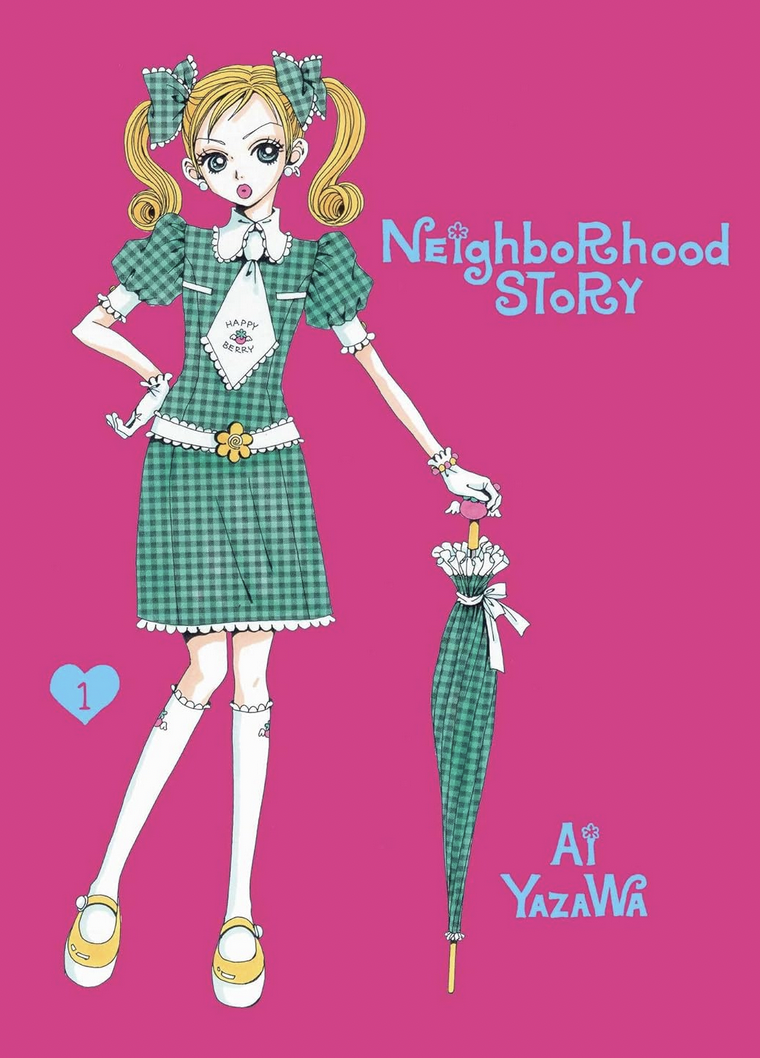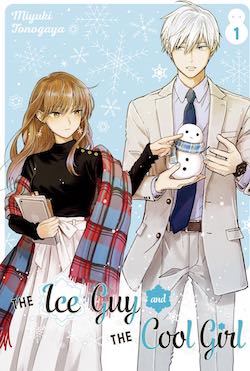Matcha Made in Heaven Volumes 7-9 by Umebachi Yamanaka
Time to check in on this low-key extremely slow-burn josei series! Chaco and Isshin are continuing with their faux marriage of convenience, which has of course led them to develop feelings for each other. Isshin is an intense, grumpy tea-making perfectionist, while Chaco is much more free spirited. Despite growing up in a family of tea producers, she’s been away for so long that she’s not super familiar with the business, so her support of Isshin also means that she’s connecting with her roots in a new way.
After a separation where Isshin is working in the corporate tea business, he returns home. Chaco is excited to take their relationship to the next level, but childhood friend Jin appears with a girl named Roa, who happens to be a tea social media influencer! The traditional craft of tea-making clashes with Roa’s approach, which seems to stir up some distressing sentiments against the small business that Chaco’s family is trying to take to the next level with Isshin’s help. The trash-talking is mild, and the stakes are fairly low in this extremely relaxing manga where one can always count on respect for tea to further bond the characters and see them through any crisis. While Roa ends up not be as terrible as Chaco originally assumed, she leads Isshin into accepting a challenge at a high stakes tea blending competition. With Isshin, Jin, and Chaco’s brother who is such a non-entity it is not really worth remembering his name as the main competitors things are surely not going to go very smoothly.
For fans of the grumpy/sunshine dynamic, this series delivers. I find myself constantly rooting for Chaco and Isshin even though they cycle through excuses to not progress in their relationship. The latest barrier is Isshin’s nobility, as he doesn’t want to ask Chaco’s dead father for her hand in real marriage until he has proven himself as a tea master. As always, the illustrations are clear and dynamic. Chaco’s niece is reliable both for comic relief and expressing the readers’ point of view that Chaco and Isshin should just get together already.





Recent Comments